Identifying pottery shard
Lalala (zone 6b)
7 years ago
Featured Answer
Sort by:Oldest
Comments (24)
sunnyca_gw
7 years agoFori
7 years agoRelated Professionals
Carlsbad Furniture & Accessories · Rochester Furniture & Accessories · Savannah Furniture & Accessories · Portsmouth Painters · Beloit Painters · Everett Painters · Franklin Painters · Monterey Park Painters · Newburyport Painters · West Jordan Painters · Paramount Painters · Martha Lake Painters · Colorado Springs Professional Organizers · Lewisville Professional Organizers · San Antonio Professional OrganizersLalala (zone 6b)
7 years agojemdandy
7 years agoapg4
7 years agoFori
7 years agoLalala (zone 6b)
7 years agocolleenoz
7 years agolast modified: 7 years agoLalala (zone 6b)
7 years agoFori
7 years agoapg4
7 years agosam_md
7 years agoLalala (zone 6b)
7 years agocolleenoz
7 years agoUser
7 years agojulesyk1
6 years agolazy_gardens
6 years agoPea
6 years agolindac92
6 years agoVollie Rutledge
2 years agoSharon Keays
8 months agolast modified: 8 months ago
Related Stories

ACCESSORIESDesigns Worth Discovering: Rookwood Pottery Tile
Get to know the company that put American ceramics on the map in the 1880s to see why its tiles are newly popular today
Full Story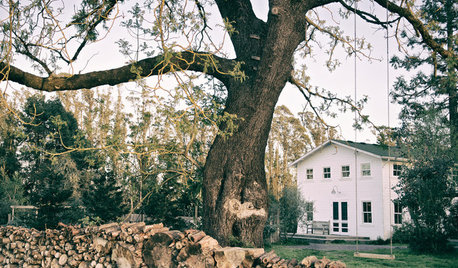
HOUZZ TOURSHouzz Tour: Picture-Perfect Simplicity
It’s like camping out in a catalog sometimes at this classic farmhouse — Pottery Barn and other retailers love it for photo shoots
Full Story
VINTAGE STYLEHouzz Tour: Farmhouse Meets Victorian in Los Angeles
Fanciful scrolls and sweet botanical prints join playful vintage touches for a home that’s altogether charming
Full Story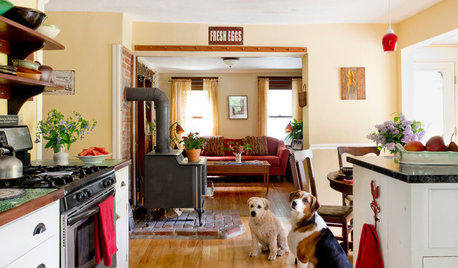
HOUZZ TOURSMy Houzz: Handmade Coziness in a Potter’s New England Home and Studio
Thoughtful details, a wealth of color and inviting farmhouse style rule in this family’s renovated house
Full Story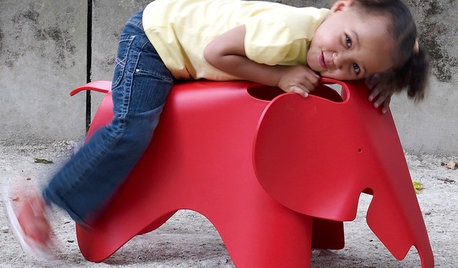
ACCESSORIES40 Design-Friendly Gifts for Modern Kids
Houzz Gift Guide 2010: Gifts to Inspire Feel-Good Fun, Creativity, and Even Clutter Control
Full Story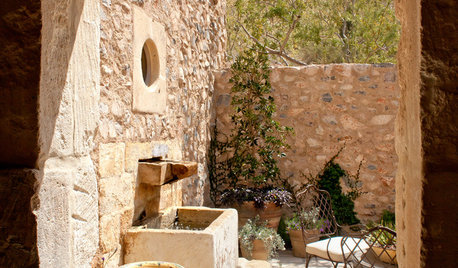
DECORATING STYLESSo Your Style Is: Tuscan
Bring the vitality and warmth of the Italian countryside to your home with Tuscan textures, colors and materials
Full Story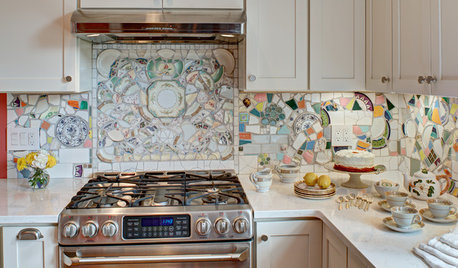
MOST POPULARKitchen of the Week: Broken China Makes a Splash in This Kitchen
When life handed this homeowner a smashed plate, her designer delivered a one-of-a-kind wall covering to fit the cheerful new room
Full Story
REMODELING GUIDESOne Guy Found a $175,000 Comic in His Wall. What Has Your Home Hidden?
Have you found a treasure, large or small, when remodeling your house? We want to see it!
Full Story
BATHROOM DESIGNStyle Up Your Bathroom Storage
Consider these ideas for attractively displaying your towels, toiletries and other bathroom essentials
Full StoryMore Discussions






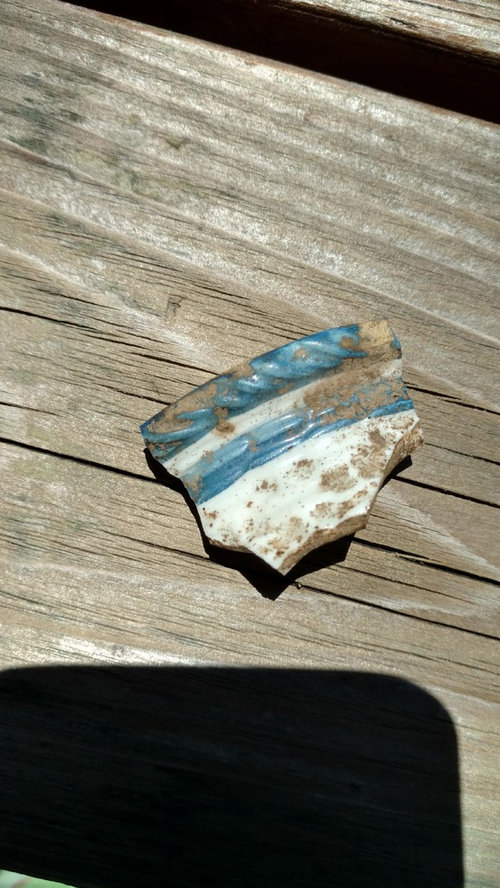
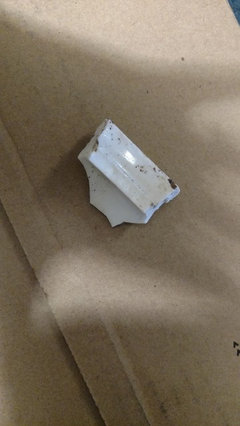
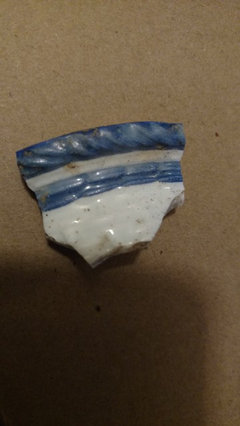

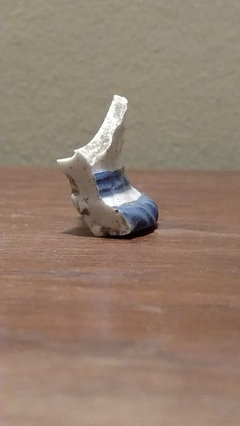




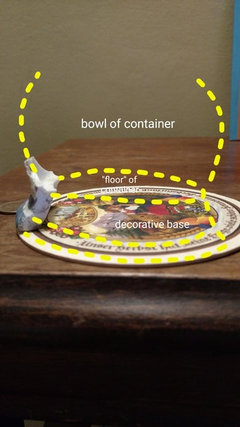

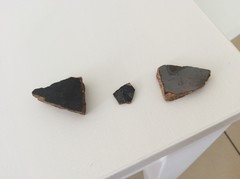
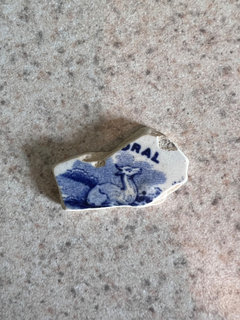
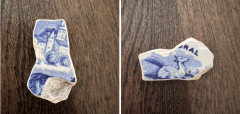
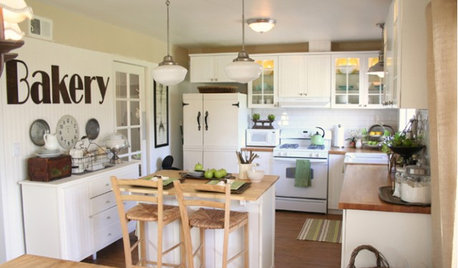
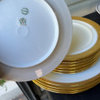



Pea